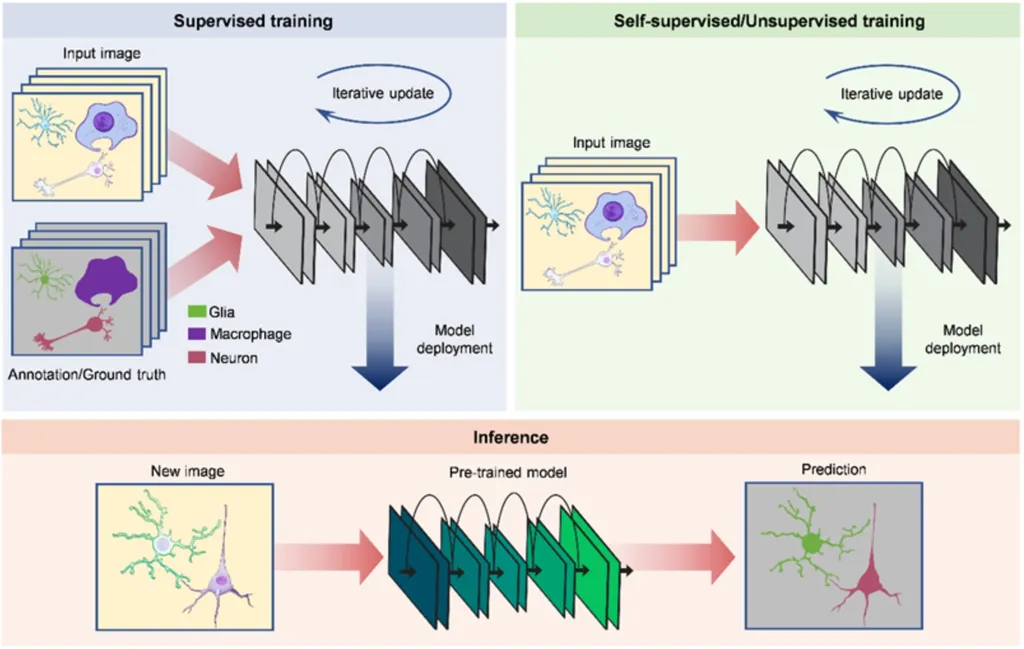In the ever-evolving landscape of medical imaging, a groundbreaking approach is making waves, promising to enhance image quality while potentially reducing radiation exposure and improving diagnostic accuracy. This innovative method, known as self-supervised denoising, is gaining traction in various imaging modalities, from Magnetic Resonance Imaging (MRI) to optical microscopy. At the forefront of this research is Guoxun Zhang, a leading expert from the Department of Automation at Tsinghua University in Beijing, China.
Traditional denoising techniques often rely on large datasets of paired noisy and clean images, which can be challenging to acquire in clinical settings. However, self-supervised denoising leverages the inherent structure within the data itself, enabling effective noise reduction without the need for explicitly labeled training pairs. “This approach is a game-changer,” says Zhang. “It allows us to improve image quality without the constraints of traditional methods, ultimately enhancing diagnostic accuracy and patient outcomes.”
The implications of this research are vast, particularly in the energy sector, where medical imaging plays a crucial role in occupational health and safety. For instance, in the oil and gas industry, workers are often exposed to high levels of radiation during medical screenings. By reducing the need for high-radiation imaging, self-supervised denoising could significantly improve safety protocols and reduce long-term health risks for workers.
Moreover, the energy sector is increasingly investing in advanced materials and technologies for energy production and storage. High-quality medical imaging is essential for evaluating the biocompatibility and safety of these materials. As Zhang explains, “Our research has shown that self-supervised denoising can improve the evaluation of biomedical materials, such as tissue engineering scaffolds and implants. This could have significant implications for the energy sector, where the development of safe and efficient energy storage systems is a top priority.”
The research, published in the journal *Biomedical Engineering and Materials* (BMEMat), highlights the potential of self-supervised denoising to streamline clinical workflows and enhance patient outcomes. As the technology continues to evolve, it is poised to revolutionize the field of medical imaging, offering new possibilities for diagnosis, treatment, and prevention.
In the words of Zhang, “The future of medical imaging lies in the integration of advanced denoising frameworks. This is not just about improving image quality; it’s about transforming the way we approach healthcare.” As the energy sector continues to prioritize worker safety and technological innovation, the insights gleaned from this research could pave the way for a healthier, safer, and more efficient future.

